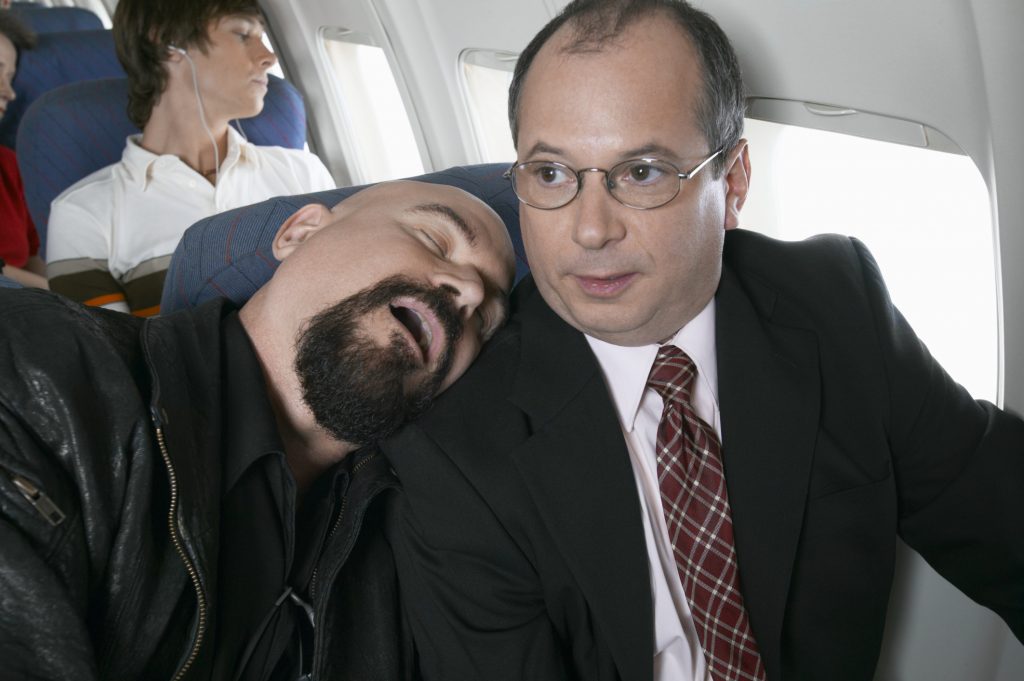Before we talk about your legs and how they are connected to your sleep, let me tell you what others have to say about sleep. If you are a person who believes in meditation then you would agree with Dalai Lama, who said, “Sleep is the best meditation.” I believe in that.
If you are a George Bernard Shaw fan then you will agree with him, “Marriage is an alliance entered into by a man who cannot sleep with the window shut, and a woman who cannot sleep with the window open.” I won’t tell you where I stand on that.
If you tell your doctor you are constantly tired, have day time sleepiness, have difficulty falling asleep at night, have to move your legs at bedtime to find comfort then you probably have restless legs syndrome.
A syndrome is a group of symptoms that collectively indicate or characterize a disease, psychological disorder, or other abnormal condition.
According to an article in the Canadian Medical Association Journal (CMAJ November 19, 2013), restless legs syndrome is a neurologic movement disorder that may adversely affect sleep, and thereby result in daytime fatigue, somnolence and a reduced quality of life.
The article goes on to say, “This condition has also been associated with hypertension and cardiovascular disease. The pathophysiology of restless legs syndrome is incompletely understood.”
Restless legs syndrome is common, affecting five to 15 per cent of the population. Making a diagnosis is not easy. The National Institutes of Health state that four criteria are essential for diagnosis:
- An urge to move the legs usually accompanied by, or caused by, uncomfortable and unpleasant sensations in the legs;
- Unpleasant sensations that begin or worsen during periods of rest or inactivity;
- Unpleasant sensations that are partially or totally relieved by movement;
- And unpleasant sensations that are worse in the evening or at night compared with during the day or that only occur in the evening or at night.
There is no specific laboratory test or treatment to conclusively confirm the diagnosis or treat it. Management by a sleep specialist is required. Avoiding alcohol, caffeine and cigarette smoke may help.
According to the article, the American Academy of Sleep Medicine has recently published detailed management guidelines – available online.
If I remember correctly, Marilyn Monroe was said to have trouble sleeping. I wonder why. She said, “The nicest thing for me is sleep, then at least I can dream.”
That’s it for today. Think big, laugh a lot, sleep well and have sweet dreams.
Start reading the preview of my book A Doctor's Journey for free on Amazon. Available on Kindle for $2.99!



